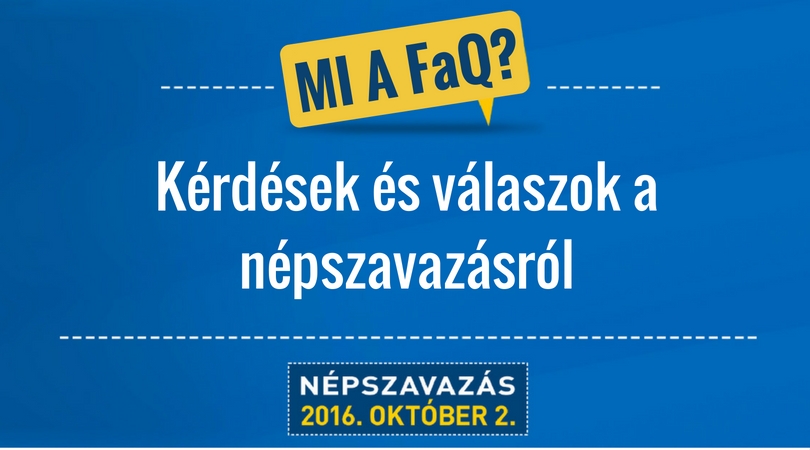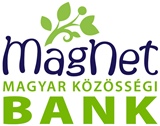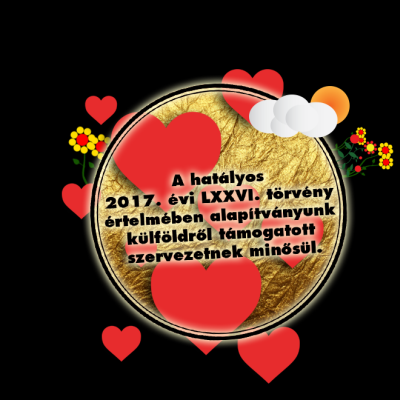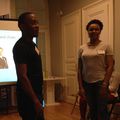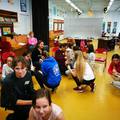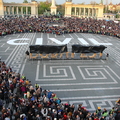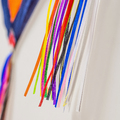Museum of Ethnography in Budapest. The auditorium number 106 from floor to ceiling shelves with books, the view from the balcony of the Parliament, five teachers, three of them – the museum staff and I, the student, in the company of the same students, from different cultures and nationalities. All the conditions for active learning, intensive and interesting pastime. We are ready for “brainstorming”.
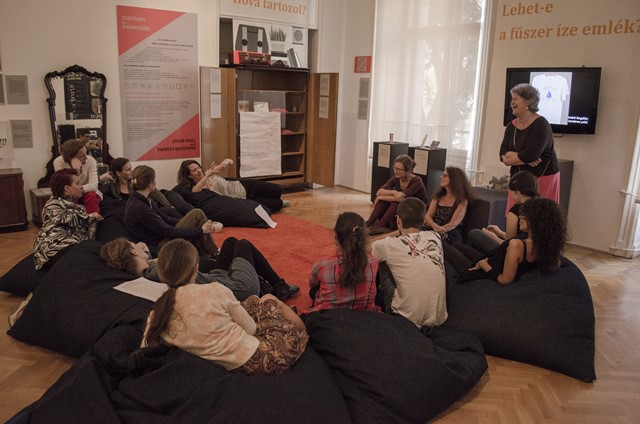
Time passed very quickly – so interesting was the program. There was learning in the form of games, we moved a lot and thought a lot. We looked for answers on questions which was given to us by teachers; ask question, and that was one of our task. We focused on the details.
The main conclusion of the first day at the museum for me was: Ethnographic Museum – is not only a historical museum. Let me explain!
On the first day we have got a box of different things and task to determine what could be a part of ethnographic museum exhibition. I, as a historian, knew that things older than 50 years, can be exhibits. I also added several original items that reflect the traditions and handmade (not mass production). Not appropriate – stamped “Made in China”, the menu from the restaurant, food box with the logo “Lipton”. Every my decision has an explanation. That day I was surprised, when I saw in the museum’s vault children’s toys among a motorka. It is not a historical mark; it has almost every family with children (at least Budapest) and probably each motorka is taged “Made in China”.
And I recalled the expression of a Ukrainian writer Yuri Vynnychuk: ”the novel writer will write political articles in the same style”.
My summary – ethnographic and historical-ethnographic museum – different museums. They require different approaches.
I think, our teachers selected correct approach to help me, as well as other students, find and understand the correct answers. During the study they gave us the opportunity to think and choose.
The greatest discovery of the first day at the museum for me was African collection. It is not open to visitors. But we saw it, we talked about it. The collection struck me. New questions arose: how to make it show the public? Need space? Protection? Should be the right person? …
On the first day we also had a working tour in the museum. It reminded me my students life in the university. Catalogues and long corridors, reconstruction department, storage, courtyard, staff and asked: “How do you think, what else need for museum (= Archives = library) for the operation?”
The second day we started with an acquaintance of the origin of our names. To know someone is always interesting. And interesting is to seek equivalent of specific name in native language. So I could draw parallels and better remember names.
The highlight of the day – the opportunity to make a mini-museum exhibition. We experimented with exhibits of our group, which reflect the culture or have personal importance for the people.
This game lasted a long time. During the game, we solved many tasks, we grasp a lot of experience:
1 – What message I want to expose constructing exhibition in such way?
2 – Every object has a history. If you look for it – the subject is interesting;
3 – Experiments on museum shelves, boxes, … create décor that, as a collection, attracts or repels from a museum, print in memory ..
After lunch we visited a place where pupils from Lauder School (a private Jewish school) have lessons. Pupils (14 – 16 years old) have intensive course in the museum during 6 weeks . No desks, no school bell. They, like and us, go to the museum and have an auditorium, where is a carpet in the middle and on the sides – a lot of pillows. On the walls – a lot of questions for meditation.
Our group is also held some time there. We discussed (again by questions and answers) current exhibition at the museum dedicated to the Hungarian Jews. Very nice to Lauder’s pupils!
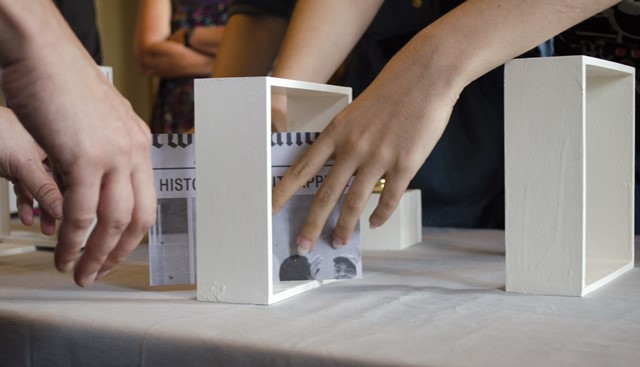
After we made a Budapest’s map with the places which reflect a culture. Very fun game. I could play this game for hours. Someone proposed to add dog walking places. It’s also a culture, isn’t it?
The third day was very creative. First we had to find a seven excessive things in the house of the poor peasants of the nineteenth century. (museum exhibition). To explain why I think so and what they replaced. Then we were led to two exhibits (shepherd and spouse) as the nineteenth century, Hungary. As in the university course “Museology”, we discussed our guess: who these people might be, which segments of the population, which used this clothing. It was not heavy for me, because Ukrainian culture is similar with Hungarian.
Then we were divided into groups and examined museum exhibition about the life of people in the Hungarian lands in the nineteenth century. We had made the life story of a shepherd or his bride or together using 4/5 of museum objects. Than we made a museum tour. This task was performed by all groups with great pleasure and creativity.
After lunch we again drew a map of Budapest, brought back information about places that hold a certain culture. Then, with these points we made up our tours. My called “People and Water in Budapest.” My tourists “floated” from the Obuda monument with umbrellas through Rudash, with swimming in thermal waters, and final point – Balno.
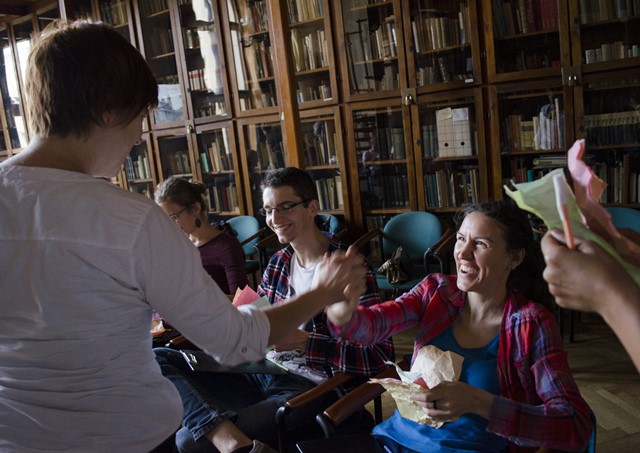
The last task of the last day in the museum was to make a mini-project – how I see the perfect museum or develop one of the areas, which is needed by museum. And then I found myself:
I was influenced of Lauder school lessons in the museum. My project main idea – museum is a place of aesthetic education for every generation of people.
If I’ll win the jackpot once, invest money in a project to work on it with people.
Dyachok Vira


